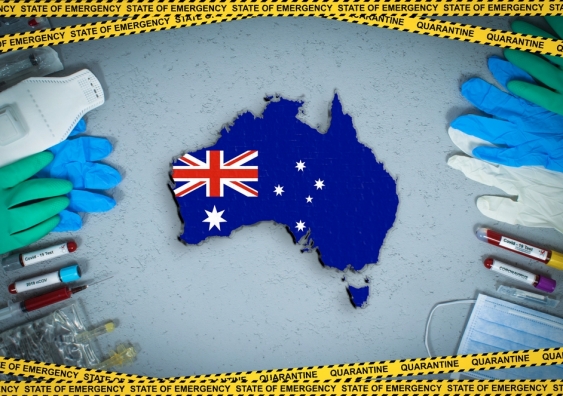Eradication, elimination, suppression: let's understand what they mean before debating Australia's course
Experts are currently debating whether Australia should pursue its current suppression strategy, or switch to an elimination strategy instead. But how different are the two?



